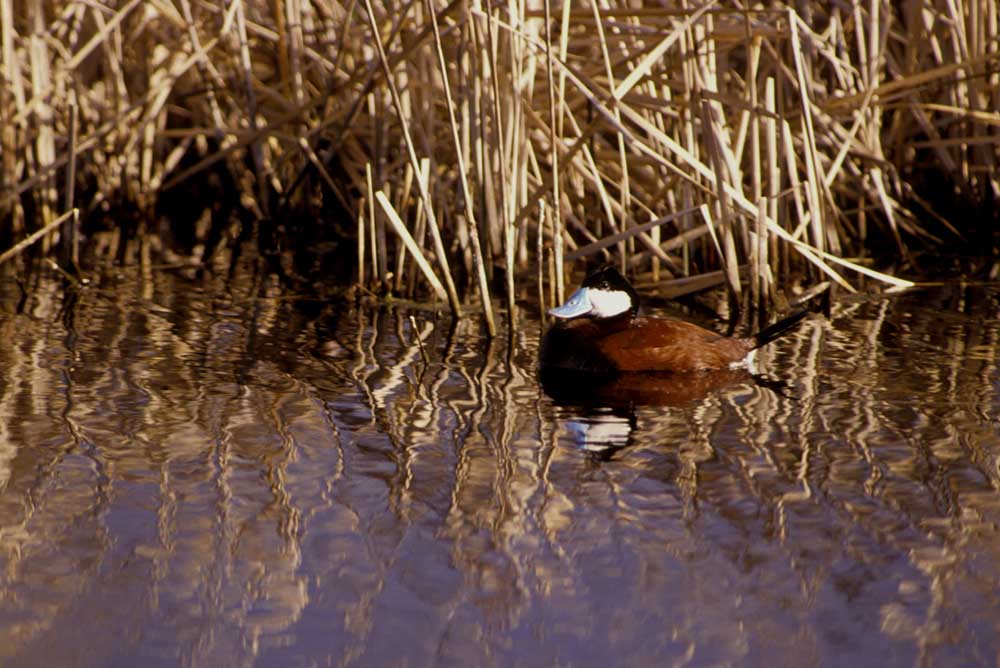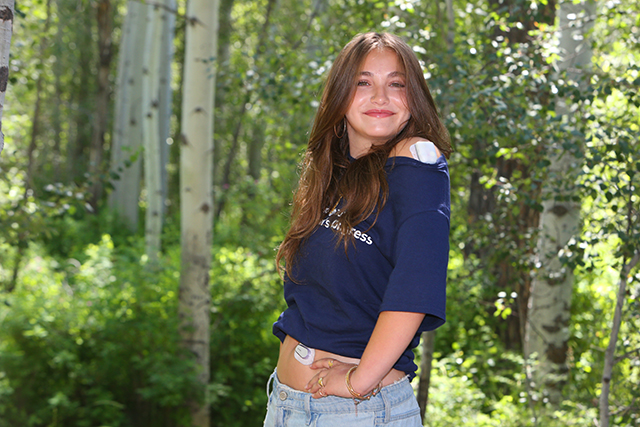Ruddy duck males end mating display with a belch
Published 12:00 am Wednesday, April 22, 2015

- Courtesy U.S. Fish & Wildlife Service / Submitted photoRuddy duck
Ruddy duck
Scientific name: Oxyura jamaicensis
Trending
Characteristics: “Ruddies” are small, compact diving ducks that resemble a classic rubber ducky toy. Males have a chestnut colored body, black head with large white cheek patch, stout neck and a bluish bill. Females are more a mottled brownish gray in color and have a brown stripe across their off-white cheek patch. The short, stiff tail feathers are often positioned upright, especially by the males. Body length is 15 to 16 inches.
Range: Winters in Central America, Mexico and southern U.S. and breeds throughout the Midwest into Canada, the Caribbean and the Northwest.
Breeding: Nests in marshes adjacent to ponds and lakes. Three to 13 pebbly-textured eggs are laid in a bowl-shaped nest made of dry or green marsh plants. Females incubate the eggs for 20 to 26 days, and the nestlings are ready to go soon after hatching. The females might also lay their eggs in other female’s nests.
Habitat: Lakes, rivers, ponds and coastal estuaries, especially in winter.
Food: Dives underwater for aquatic invertebrates, zooplankton, crustaceans and aquatic plants and seeds. They can strain food out of mud through their bills or forage at the surface, straining water through thin plates on their bills to obtain larvae, midges or plant material.
Bird facts: The genus name is from the Greek words “oxys” and “oura” translating to “sharp-pointed tail,” and the species name, jamaicensis, means “of Jamaica,” where the first specimen was collected. Ruddy ducks forage more at night than during the day, hence, birds observed during the day might have their heads tucked under the wings. Ruddy ducks pair up at their breeding areas instead of while migrating like many other waterfowl. Males might be aggressive toward other males or other species during this time. During courtship, the males raise their tails upright, inflate their necks and rapidly beat their bills against their chests, creating air bubbles in the water. At the end of this display, the birds emit a belchlike call. The eggs are large in comparison to the adults’ body size. A 1-pound female lays an egg the size of a turkey’s egg. When they hatch, the young are very developed and need little care from the female. When constructing their nests, ruddy ducks weave a canopy of vegetation over their nests to conceal them from predators.
Trending
Current viewing: Hatfield Ponds, Redmond Sewage Lagoons, Prineville Reservoir and other ponds and lakes in the area.
— Damian Fagan is a volunteer with the East Cascades Audubon Society. He can be reached at damian.fagan@hotmail.com.
Sources: Oregon Department of Wildlife Resources, All About Birds website and “The Audubon Society Encyclopedia of North American Birds” by John Terres








